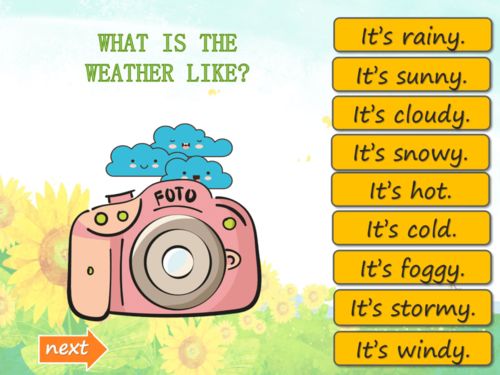来源:小编 更新:2024-12-01 08:09:09
用手机看

Engaging students in the learning process is crucial for effective education. One of the best ways to achieve this is through the use of interactive and fun classroom games. These games not only make learning enjoyable but also enhance students' retention and understanding of the subject matter. In this article, we will explore the benefits of incorporating games into English classrooms and provide a detailed guide on creating a captivating English classroom game课件.

Classroom games offer numerous advantages for both teachers and students. Here are some key benefits:
Increased Engagement: Games make learning more dynamic and exciting, which can help keep students interested and motivated.
Enhanced Retention: Interactive activities can reinforce concepts and vocabulary, making it easier for students to remember what they've learned.
Improved Communication Skills: Games often require students to communicate with each other, which can help improve their speaking and listening skills.
Collaboration and Teamwork: Many games encourage students to work together, fostering a sense of teamwork and cooperation.
Adaptability: Games can be tailored to different skill levels and learning styles, making them suitable for a wide range of students.

Designing an effective English classroom game课件 involves several key steps:
1. Define Learning Objectives
Before creating a game, it's essential to identify the specific learning objectives you want to achieve. This could include practicing vocabulary, grammar, or sentence structure. By focusing on clear objectives, you can ensure that the game is aligned with your curriculum.
2. Choose the Right Type of Game
There are numerous types of games that can be used in an English classroom, such as:
Word Games: These include activities like word searches, crosswords, and matching games that help students practice vocabulary.
Grammar Games: Games like sentence building, grammar card matching, and role-playing scenarios can be used to teach and reinforce grammar rules.
Listening Games: Activities like listening quizzes, story retelling, and audio games can improve students' listening comprehension skills.
Reading Games: Games like reading comprehension quizzes, character analysis, and story mapping can enhance students' reading skills.
3. Design the Game Structure
Decide on the format of the game, such as individual, pair, or group play. Consider whether the game will be competitive or cooperative, and how points or rewards will be distributed.
4. Create Visual Aids
Use engaging visuals to make the game more appealing. This could include colorful charts, diagrams, or images related to the game's theme.
5. Develop Game Instructions
Write clear and concise instructions for the game. Include any necessary rules, scoring systems, and how to play the game.
6. Test the Game
Before introducing the game to your students, test it yourself to ensure it is fun, educational, and easy to follow.

Here are a few examples of English classroom games that you can use in your lessons:
Simon Says: A classic game that can be used to practice vocabulary or grammar. The teacher gives commands, and students must only follow those that begin with